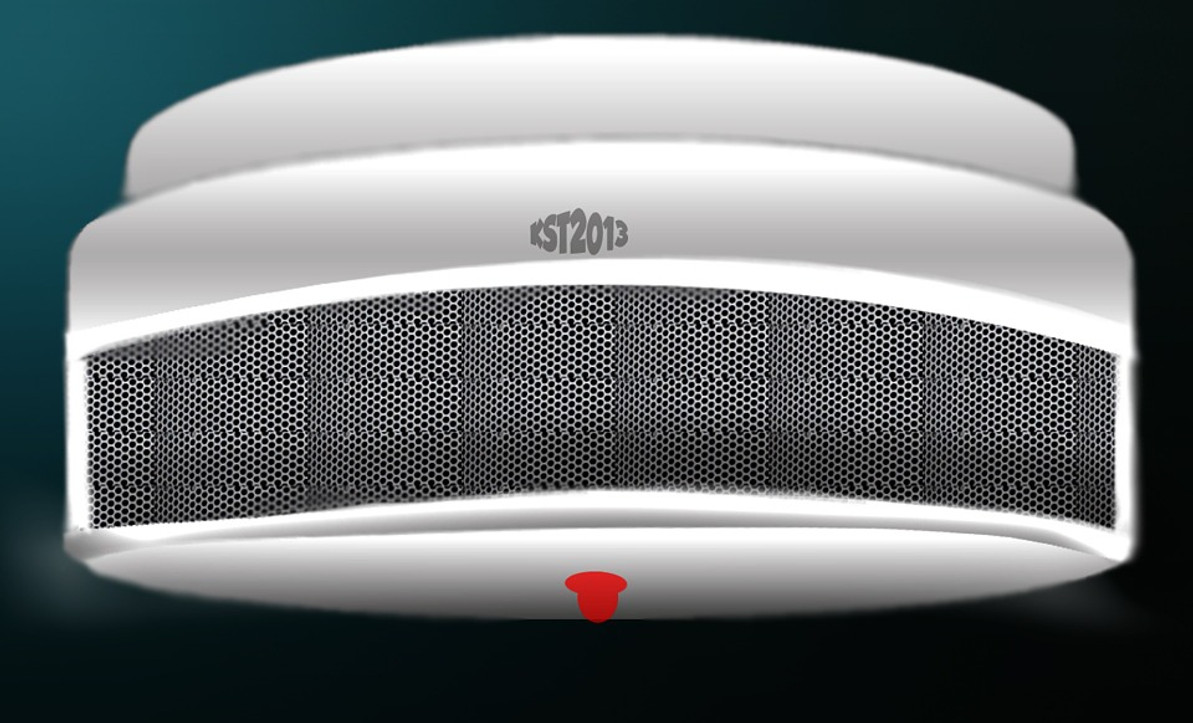5 Facts About Carbon Monoxide You Need to Know
What safety precautions have you taken to prevent carbon monoxide in your workplace? The Occupational Safety and Health Administration (OSHA) has a permissible limit of 50 parts per million (PPM) for carbon monoxide exposure over an eight-hour period. Exposure to more PPM during this length of time may lead to illness. Below are five facts about carbon monoxide that you need to know.
#1) Produced By Gas-Burning Appliances
Carbon monoxide is produced by gas-burning appliances. Furnaces, stoves and even natural gas-powered tools produce carbon monoxide as a byproduct. When natural gas is burned, byproduct gases are produced. Carbon monoxide is a byproduct gas. You can still use gas-burning appliances indoors, but you should check to ensure that they are properly ventilated to the outdoors.
#2) Causes 400 Deaths Per Year
According to the U.S. Centers for Disease Control and Prevention (CDC), carbon monoxide is responsible for roughly 400 deaths in the United States each year. Exposure to carbon monoxide is a serious hazard. Depending on the level of exposure, it may have effects like nausea, weakness and respiratory distress. Severe cases of exposure, though, can be fatal. Hundreds of people die each year from carbon monoxide exposure.
#3) Odorless and Tasteless
Not only is it invisible, but carbon monoxide is both odorless and tasteless as well. You can't smell it, nor can you taste it. When released, it will build up in the surrounding environment. The odorless and tasteless properties of carbon monoxide allow it to go undetected. As a result, many people are exposed to carbon monoxide without even realizing it.
#4) Electronic Detectors Are Available
While you can't smell or taste carbon monoxide, there are electronic detectors available. Carbon monoxide detectors look like smoke detectors. They are small, battery-powered devices with a built-in speaker. While smoke alarms detect smoke, though, carbon monoxide detectors detect the byproduct gas of their namesake. If there's carbon monoxide present in your workplace -- or in your home -- a carbon monoxide detector will trigger an alarm.
#5) Produced By Wood Fires
Gas-burning appliances aren't the only source of carbon monoxide; wood fires produce carbon monoxide as well. A typical wood fire will release about 5,000 PPM per volume. When built indoors, wood fires need a chimney to release the smoke as well as the carbon monoxide. More importantly, the flue within the chimney must be open. A closed flue will prevent carbon monoxide from escaping.
Recent Posts
-
Fire Safety in the Workplace: What You Need to Know
What steps are you taking to prevent fires in your workplace? According to the U.S. Occupational Saf …Aug 23rd 2023 -
Is It Safe to Go Jogging With a Cold Infection?
If you're suffering from a cold infection, you might be wondering whether it's safe to go jogging. T …Aug 22nd 2023 -
5 Safety Tips to Follow When Using a Powder-Actuated Tool
Powder-actuated tools are commonly used to join materials to steel and concrete. Also known as Hilti …Aug 20th 2023




